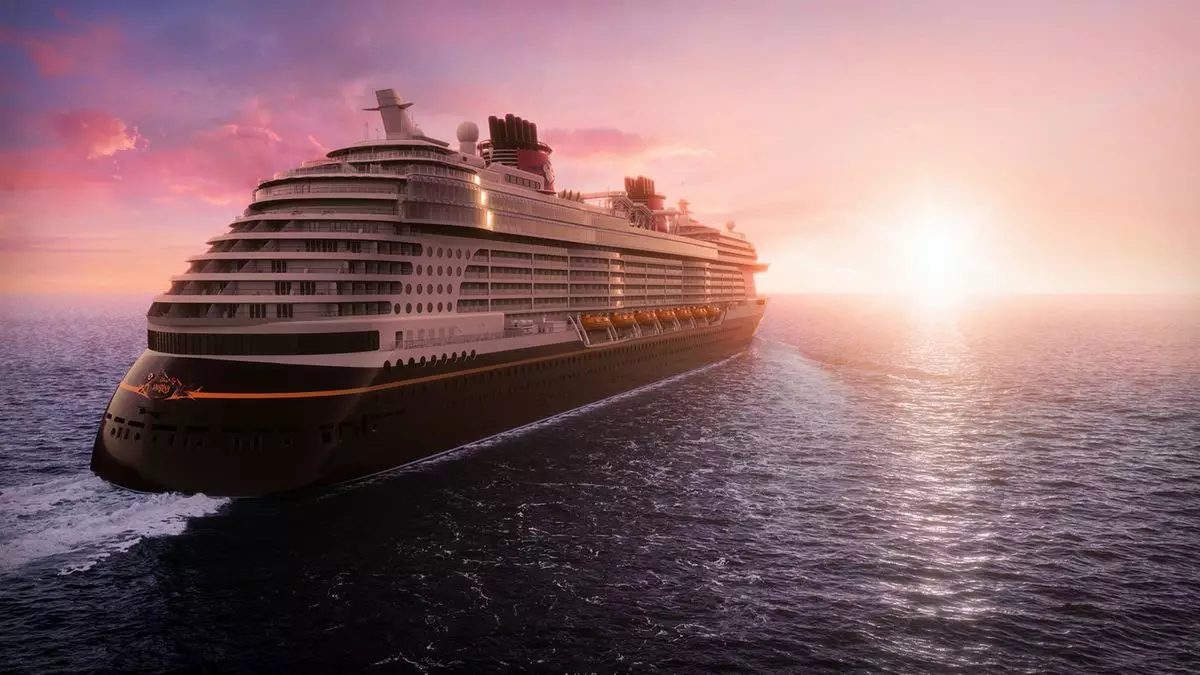The cruise industry has seen a resurgence in ship orders this year, with cruise lines going on a shopping spree to add new vessels to their fleets. This boom in ship orders comes on the heels of the pandemic, as the industry returns to a sense of normalcy and strong demand for cruises.
Many contemporary and family-oriented cruise lines have collectively ordered 14 ships since January, with an emphasis on larger and more modern vessels. For instance, Carnival Corp. ordered three massive, 230,000-gross-ton ships for Carnival Cruise Line and two 180,000-gross-ton ships for its Excel class. Norwegian Cruise Line Holdings is also taking a bigger-is-better approach, with four Prima-class ships and four 200,000 gross-ton vessels on order. Royal Caribbean International announced a seventh Oasis-class ship, underscoring the popularity of large-scale cruise ships in the market.
With several cruise ports around the world pushing back against cruise tourism, cruise lines are increasingly focusing on making the ships themselves the destination. By adding amenities such as go-karts, ice skating rinks, and rock climbing walls, cruise lines are turning the ship into the experience, rather than relying on multiple port visits. This shift in focus is driven by the desire to create a unique and engaging experience for passengers.
Ship orders are stretching further into the future, with orders on record today stretching to the mid-2030s. This long-term planning blocks out space in shipyards, making it challenging for competing lines to find facilities to build their ships. By ordering new vessels far in advance, cruise lines are not only generating attention and excitement but also replacing older ships that need regular updating with more modern and efficient vessels.
As environmental regulations evolve, cruise lines are also looking to modernize their fleets with vessels that can burn cleaner fuel. This is especially important in regions like Europe, where stricter regulations are driving the need for cleaner and more sustainable ships. By investing in new vessels, cruise lines are preparing for future environmental challenges while also meeting consumer demands for more eco-friendly options.
The current boom in cruise line ship orders reflects a renewed sense of optimism and growth in the industry. By investing in larger, more modern vessels and focusing on creating unique onboard experiences, cruise lines are positioning themselves for long-term success. With a strategic focus on both customer experience and environmental sustainability, cruise lines are adapting to meet the evolving demands of the market.

